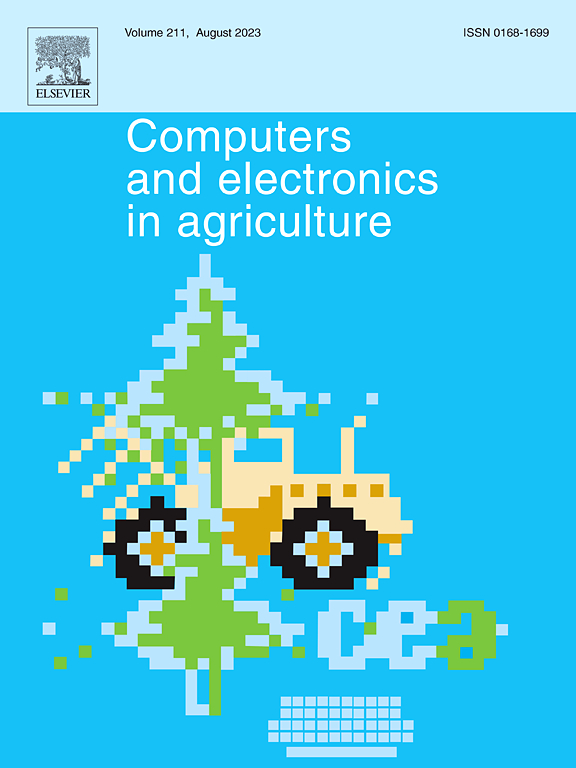Utilizing CMIP6-SSP scenarios with the VIC model to enhance agricultural and ecological water consumption predictions and deficit assessments in arid regions
IF 7.7
1区 农林科学
Q1 AGRICULTURE, MULTIDISCIPLINARY
引用次数: 0
Abstract
Essential for economic development and ecological restoration in arid regions, water resources are currently facing unprecedented scarcity. Although future changes in surface water resources have been extensively examined, there has been limited focus on the balance between agricultural and ecological water consumption and water deficits, particularly in arid basins. A novel approach to estimating agricultural and ecological water consumption was introduced in this study using a physical process model (Variable Infiltration Capacity model, VIC) incorporating the latest Coupled Model Intercomparison Project Phase 6 (CMIP6) Shared Socioeconomic Pathway (SSPs) scenarios. Water consumption trends and deficits were analysed using historical data (1961–2014) and projected under the SSP126, SSP245, SSP370, and SSP585 scenarios for 2015–2100 in the Lake Ebinur basin. There was a significant increase in agricultural and ecological water consumption along with a growing water supply deficit, particularly under the SSP245 and SSP585 scenarios. Agricultural water consumption is projected to increase by 8.00% to 43.13%, ecological water consumption is expected to rise by 13.31% to 49.11%, and the water supply deficit is projected to increase by 45% to 113% relative to the baseline period. The average annual mean error of raw meteorological variables was reduced by 71.66% after applying bias correction, leading to an improvement of approximately 86.79% in the simulation accuracy of the VIC model compared with the uncorrected scenario. An increase in precipitation ranging from 4.00% to 33.56%, a maximum temperature increase of 230.88%, and a decrease in wind speed of 6.45% were projected for the mid-to-late 21st century under the SSP585 scenario. The water supply deficit was estimated to increase under the SSP245 scenario, with deficits projected to reach 1.35 billion m3 per year in the medium term and 1.59 billion m3 per year in the late term. Given the projected increase in agricultural and ecological water consumption and the growing future water supply deficit, quantifying these changes can provide critical insights into water resource management and sustainable development in arid regions.
求助全文
约1分钟内获得全文
求助全文
来源期刊

Computers and Electronics in Agriculture
工程技术-计算机:跨学科应用
CiteScore
15.30
自引率
14.50%
发文量
800
审稿时长
62 days
期刊介绍:
Computers and Electronics in Agriculture provides international coverage of advancements in computer hardware, software, electronic instrumentation, and control systems applied to agricultural challenges. Encompassing agronomy, horticulture, forestry, aquaculture, and animal farming, the journal publishes original papers, reviews, and applications notes. It explores the use of computers and electronics in plant or animal agricultural production, covering topics like agricultural soils, water, pests, controlled environments, and waste. The scope extends to on-farm post-harvest operations and relevant technologies, including artificial intelligence, sensors, machine vision, robotics, networking, and simulation modeling. Its companion journal, Smart Agricultural Technology, continues the focus on smart applications in production agriculture.
 求助内容:
求助内容: 应助结果提醒方式:
应助结果提醒方式:


